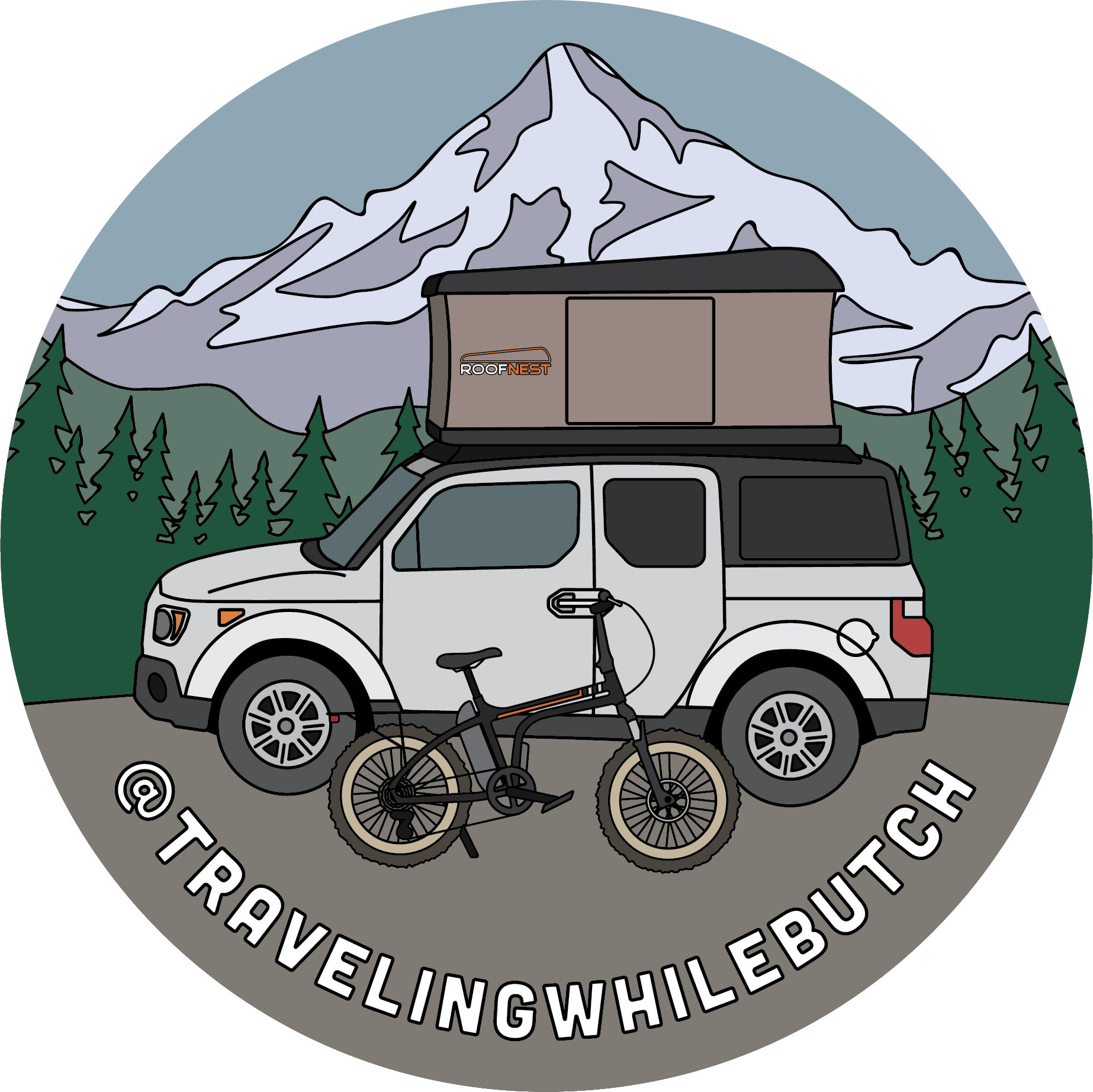Book Review: Hiking The Camino de Santiago
Fresh from my mailbox!
There's a new kid on the block and I'm excited to share this new resource for pilgrims planning to walk the Camino de Santiago in Spain. In the past, guidebooks in English have been limited to two options. Neither are perfect and to be honest, I've yet to find a guidebook for anything travel-related that meets my needs. The newly released guide, "Hiking the Camino de Santiago: Camino Frances" by Anna Dintaman and David Landis is a refreshing and exceptional example of what a guidebook for the Camino should look like. I've been combing through the book over the past few days, comparing it to another guidebook everyone else in the English world worships and adores. This review will NOT be a comparison. It will be a list of pros and cons so pilgrims can make their own decisions about what works best for them. Without further ado, here we go!
Pros:
- Each region of Spain has two pages devoted to the region with yearly temperature ranges, as well as average rainfall. Both of these are important to the pilgrim. They also include information about food, language, and history.
- All of the maps and elevation charts are
to scale. Each stage has an elevation chart that goes from 0m to 2000m
for elevation, and every 5km for distance so you can get an accurate
portrayal of the days highs and lows. Each stage has a map with
topographical lines, which assists in giving you an accurate look at
what your day of walking will be. For those of you who do a lot of
hiking or backpacking, you will understand how important it is to have
accurate information. I love maps and the fact these ones are to scale
and with topo lines makes me happy!
- The first page of each
stage has the following information: Distance (kilometers/miles), time
range to complete, difficulty level, percentage of path paved/unpaved,
and a list of towns with albergues. Further into each stage there is a
list of other accommodations in each stage to suite all pilgrims housing
needs on the Camino.
- The authors understand more technically savvy people are using the Camino these days. They have an area of their website devoted to all of the links they mention in the guide. You can find links to albergues, hotels and more here.
Cons:
- This isn't a huge con, but the book weighs more than some of the other guides out there. However, please note that this book also features the route to Finisterre and Muxia, which usually requires that you purchase a separate guidebook for that section, so in my mind, it's a wash if you plan to go to Finisterre and Muxia (which you should!).
- Lots
of photos. Don't get me wrong. I love good photos and feel they
really add to a guidebook. I think they could have cut a third of the
photos and thus reduced the weight of the book a bit. In the grand
scheme of things it's not that big of a deal, though.
All things said and done, this guidebook is a unique, new take on the Camino Frances and I wish I was walking it again this year to try it out! Please consider supporting these new guidebook authors and purchase a guidebook here.
You can also find their website here.
GPS tracks can be downloaded here.
Alternate stages for walking can be found here.
Like other guidebooks, you can get up-to-date changes here.
And for other reviews, check out one here.
Disclaimer: I received a copy of "Hiking the Camino de Santiago" for free and to review. I would have purchased it anyways because I am such a critic of guidebooks on the Camino in general. The opinions in this review are mine alone. If I would have bought it myself, the opinions would have been the same. My love for this guidebook makes me want to book a plane ticket right now and start walking again.

